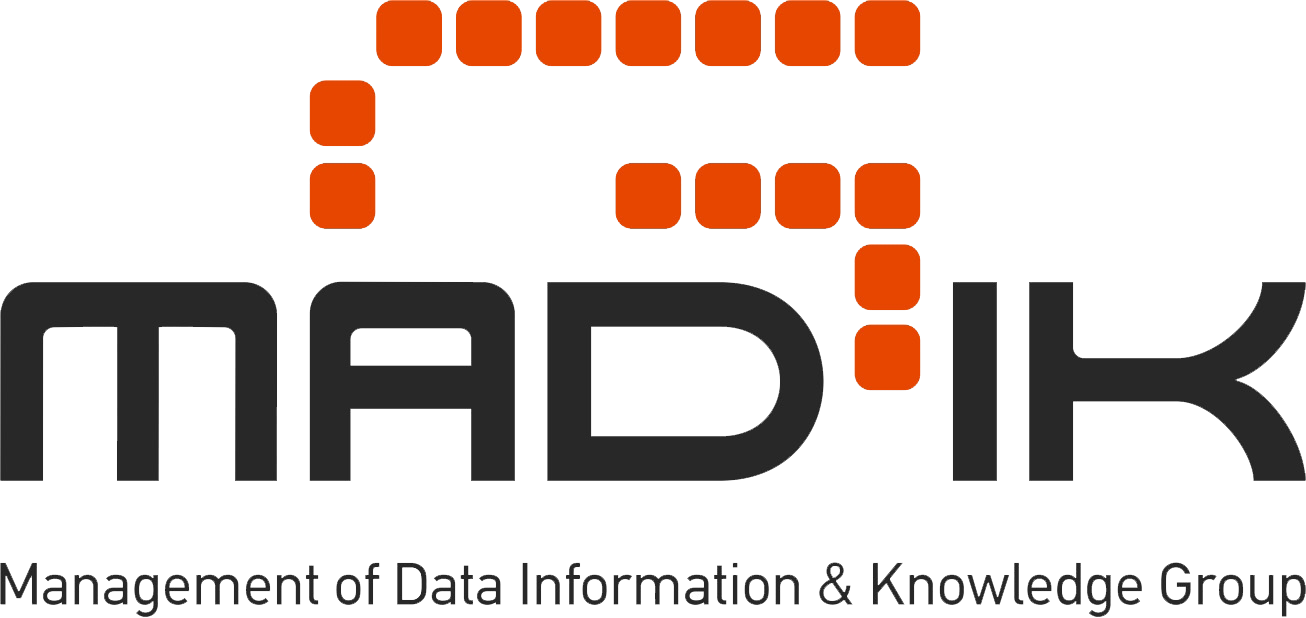Incomplete Path Expressions and their Disambiguation
When we, humans, talk to each other we have no trouble disambiguating what another person means, although our statements are almost never meticulously specified down to very last detail. We “fill in the gaps” using our common-sense knowledge about the world. We present a powerful mechanism that allows users of object-oriented database systems to specify certain types of ad-hoc queries in a manner closer to the way we pose questions to each other. Specifically, the system accepts as input queries with incomplete, and therefore ambiguous, path expressions. From them, it generates queries with fully-specified path expressions that are consistent with those given as input and capture what the user most likely meant by them. This is achieved by mapping the problem of path expression disambiguation to an optimal path computation (in the transitive closure sense) over a directed graph that represents the schema. Our method works by exploiting the semantics of the kinds of relationships in the schema and requires no special knowledge about the contents of the underlying database, i.e., it is domain independent. In a limited set of experiments with human subjects, the proposed mechanism was very successful in disambiguating incomplete path expressions.



